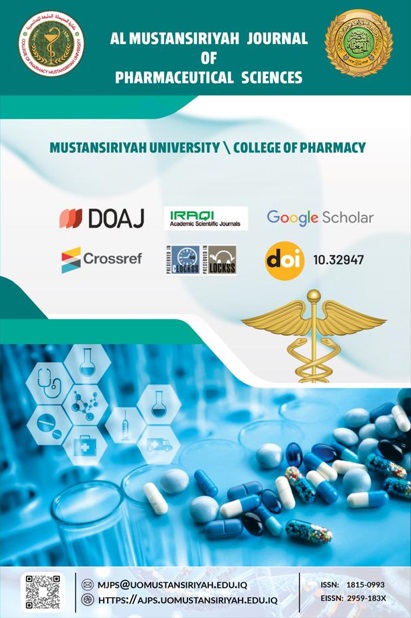Abstract
Influenza is an infectious respiratory disease caused by the influenza virus and is a significant global public health concern. This infection displays a tendency for recurring outbreaks during specific seasons and occasional epidemics. A number of drugs and vaccines have been approved to treat this infection. Oseltamivir is an FDA-Approved anti-influenza drug acts by inhibiting influenza Neuramidase enzyme and used as therapeutic management and prophylaxis of influenza types A and B and by this way preventing virus budding and release and mitigating the intensity and duration of influenza infection. Oseltamivir is administered as a prodrug in the form of an ethyl ester and in the body hepatic esterases convert it to the active oseltamivir carboxylate. An approach of synthesizing Oseltamivir carboxamides with certain amino acids (series one) and Oseltamivir-amino acid-Hydroxamic acid conjugates, as hybrid molecules (series two) are considered and these may enhance efficacy, penetration into lung tissues, and manage resistance of Oseltamivir. These two series were subjected to molecular docking using GOLD Suite (version 5.7.1) on Neuramidase. These hybrids have recorded slightly higher PLP fitness, binding affinities represented as docking scores (59.14-72.23 Kcal/mol) based on the lowest docking scores on the target enzyme compared to Oseltamivir acid (56.24 Kcal/mol).
Keywords
amino acids
Hydroxamic acid
Molecular hybridization
Oseltamivir
